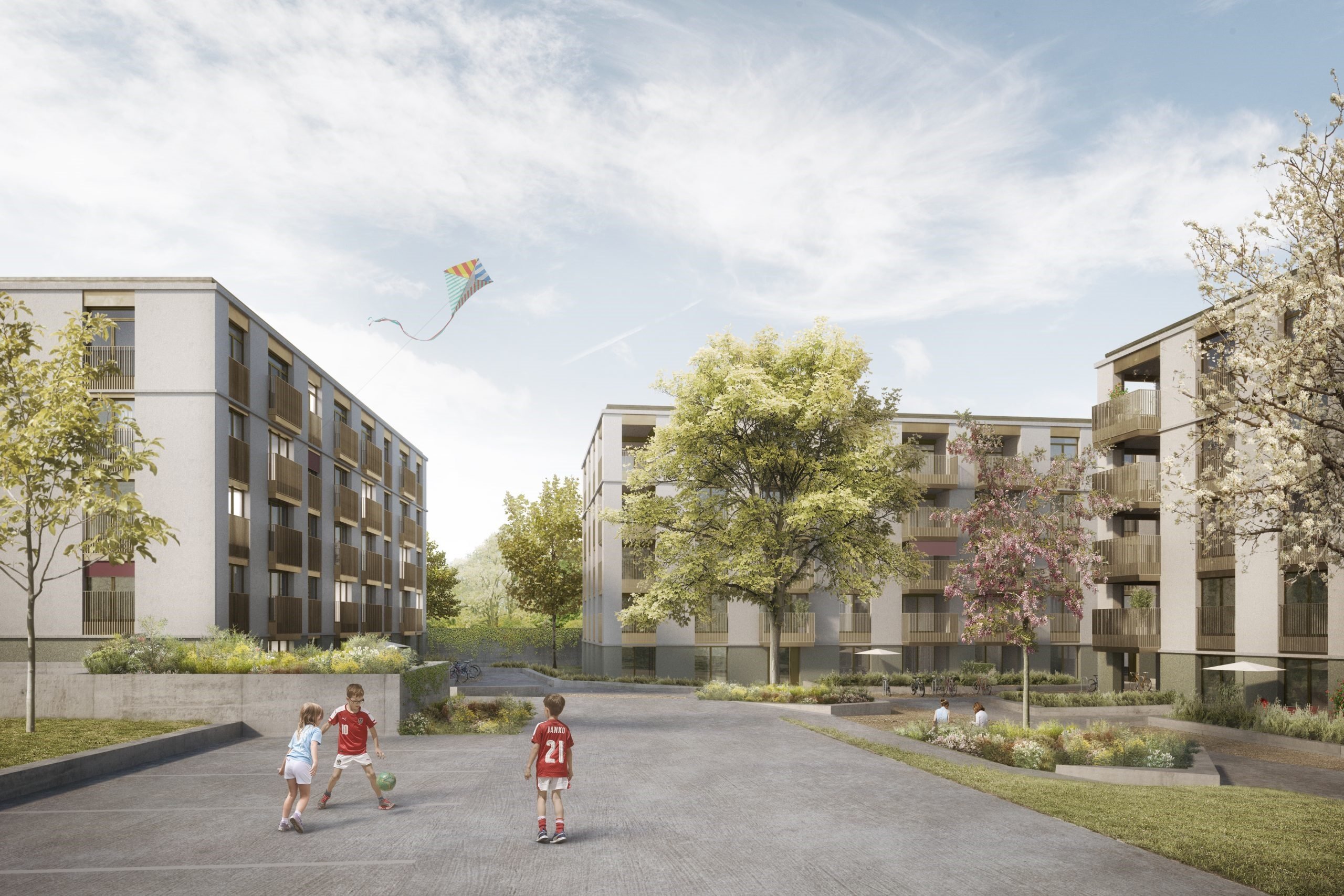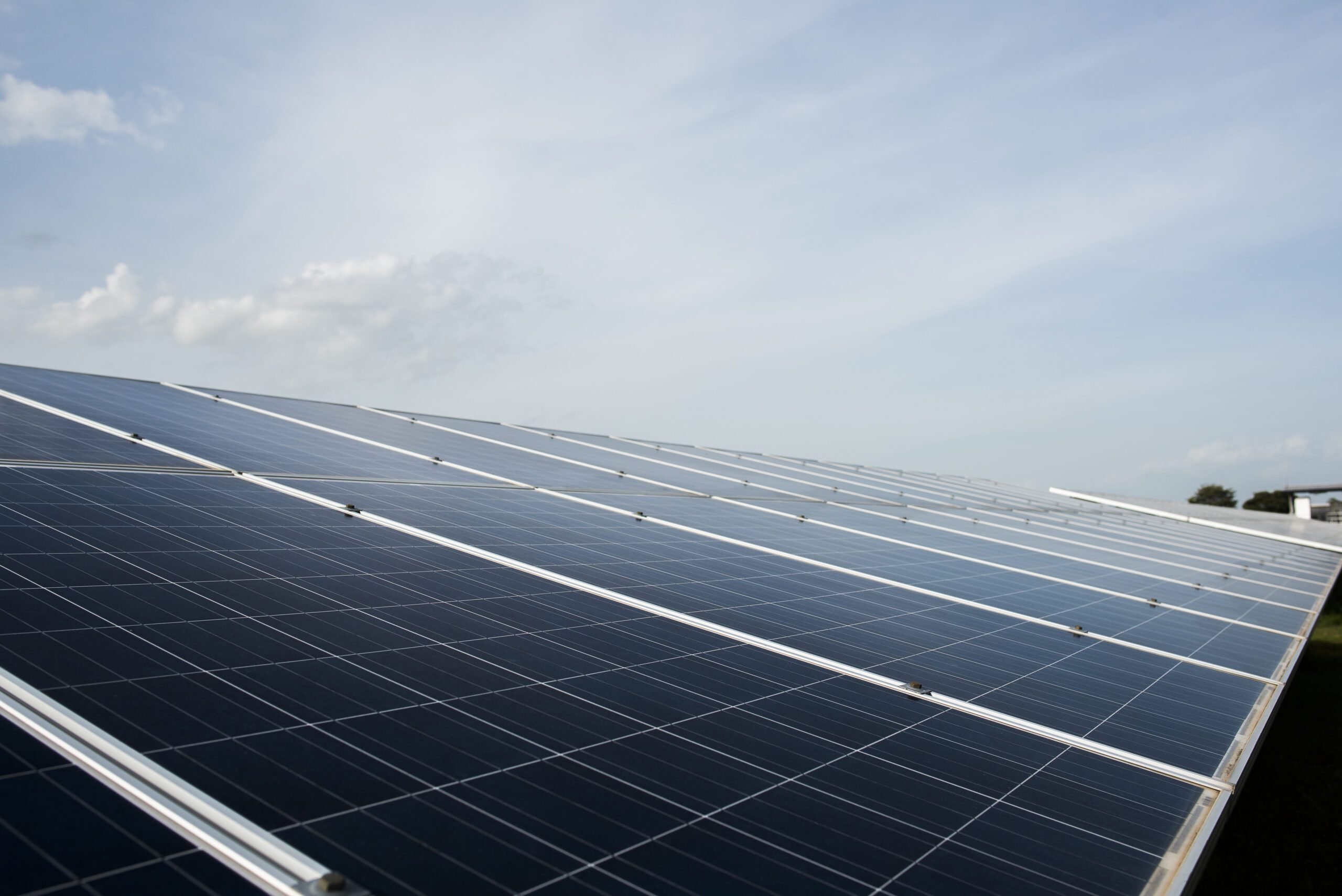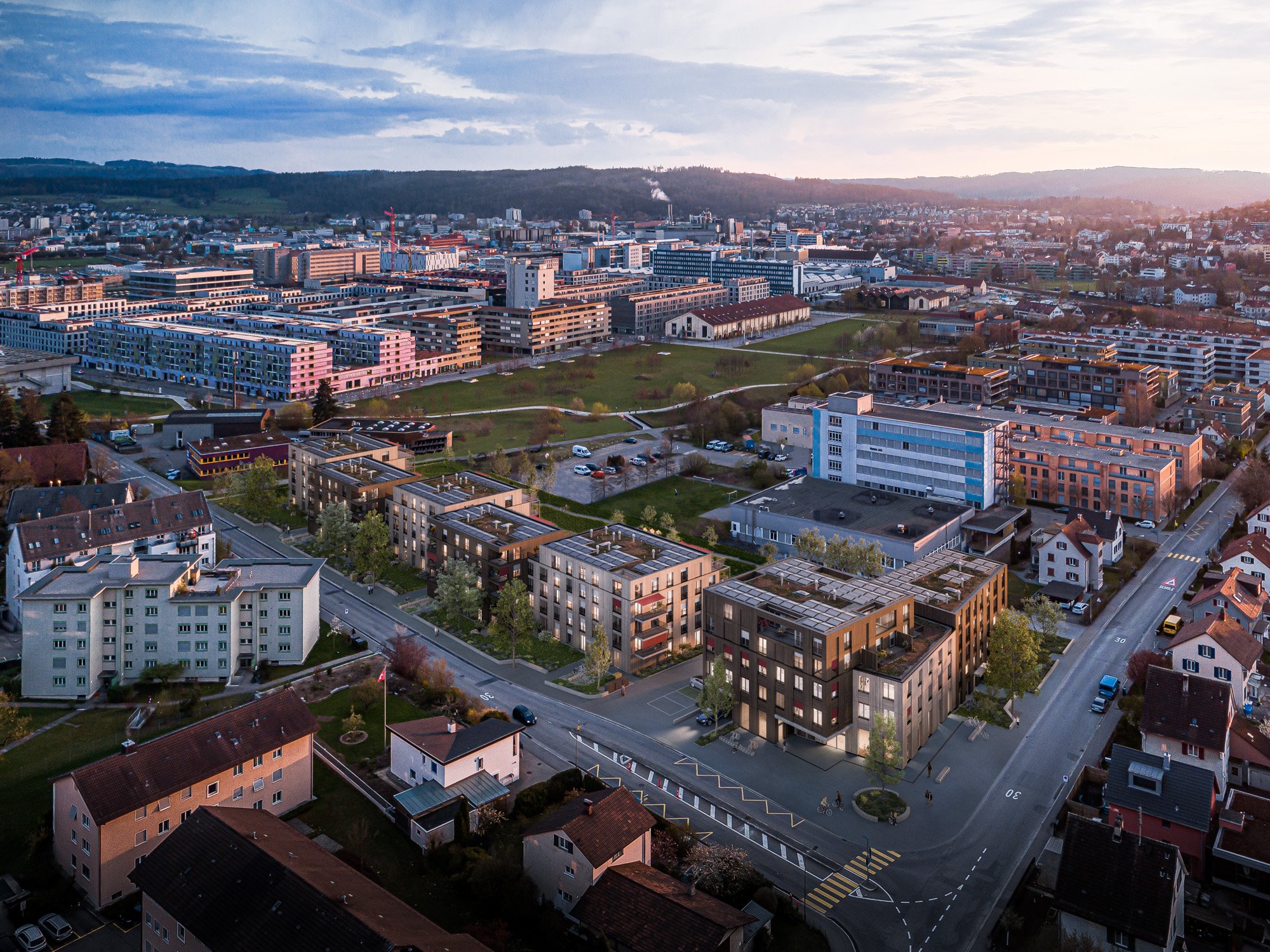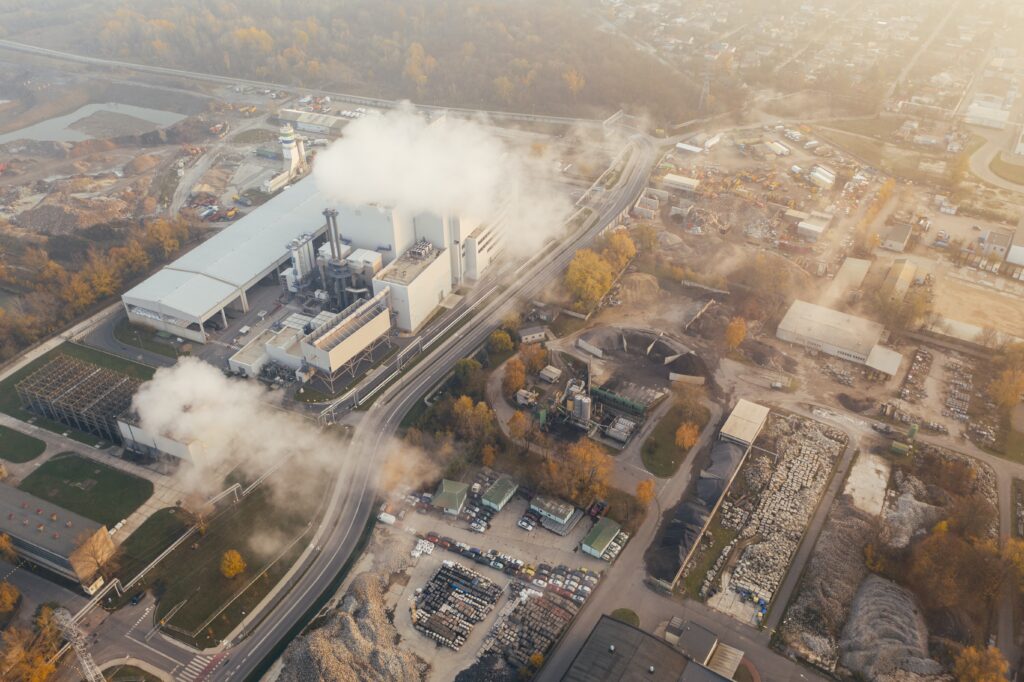A win-win situation: Through photovoltaics, we are increasing the attractiveness of our properties as well as contributing to the federal government's energy strategy.
Under the federal government’s energy strategy 2050, around three times as much renewable energy will be produced by 2035 compared with today. As the strategy excludes hydroelectric power, solar energy is accorded a major role. Photovoltaic systems (PV systems) can help by making the target economically viable – and on top of that it increases the attractiveness of a property. To this end, a level playing field for locally produced electricity for own consumption has been created on a Swiss-wide basis.
And it is precisely this locally produced electricity where we see potential. Own consumption within developments and buildings makes ecological and economic sense. A decent return can be earned depending on the location, use and quality of the site. And with a positive impact: We are convinced that PV installations can contribute to a successful energy transition.
If we can supply a property with locally produced electricity, we achieve a degree of independence from the electricity market. Seasonal fluctuations in production (summer and winter yield) and the current high cost of energy storage are the biggest challenges. In addition, there are major regional differences in electricity prices and export tariffs.
In 2019, our real estate division conducted a comprehensive portfolio analysis on the technical and financial feasibility of PV systems. The first pilot projects were implemented and internal expertise strengthened based on these findings. Furthermore, an internal strategy paper was produced on the expansion of PV installations within the existing portfolio. The portfolio’s latest PV installation – in Aarau – was commissioned at the end of November 2020. The completed PV system will produce around 95,000 kWh per year – equivalent to the energy consumption of around 20 four-member, single-family dwellings. The module occupies a space of around 550 m2 on an extensively planted roof space totalling around 2,500 m2.
At Asga, we assess the concept behind PV installations on a case-by-case basis. Clarification of technical feasibility is undertaken internally in an initial phase, the aim being to gradually ramp up the expansion of PV installations over the coming years. The plan is for the profitability of the PV installation to more or less correspond to the property’s expected income yield.
We intend to continue strengthening local electricity production within the portfolio in 2021 and play an active part in the energy transition. We look forward to further PV projects, including those planned or constructed by our member firms.
Also of interest

Energy Management System
Real estate

A sunny outlook – how Asga’s roofs help protect the climate
Real estate, Capital investments, Capital investments, Real estate

A co-operative out of conviction
Asga, Employer

AsgaOnline: The practical, easy way to manage your company’s occupational benefits
Employer

How we acquire properties
Capital investments, Real estate


